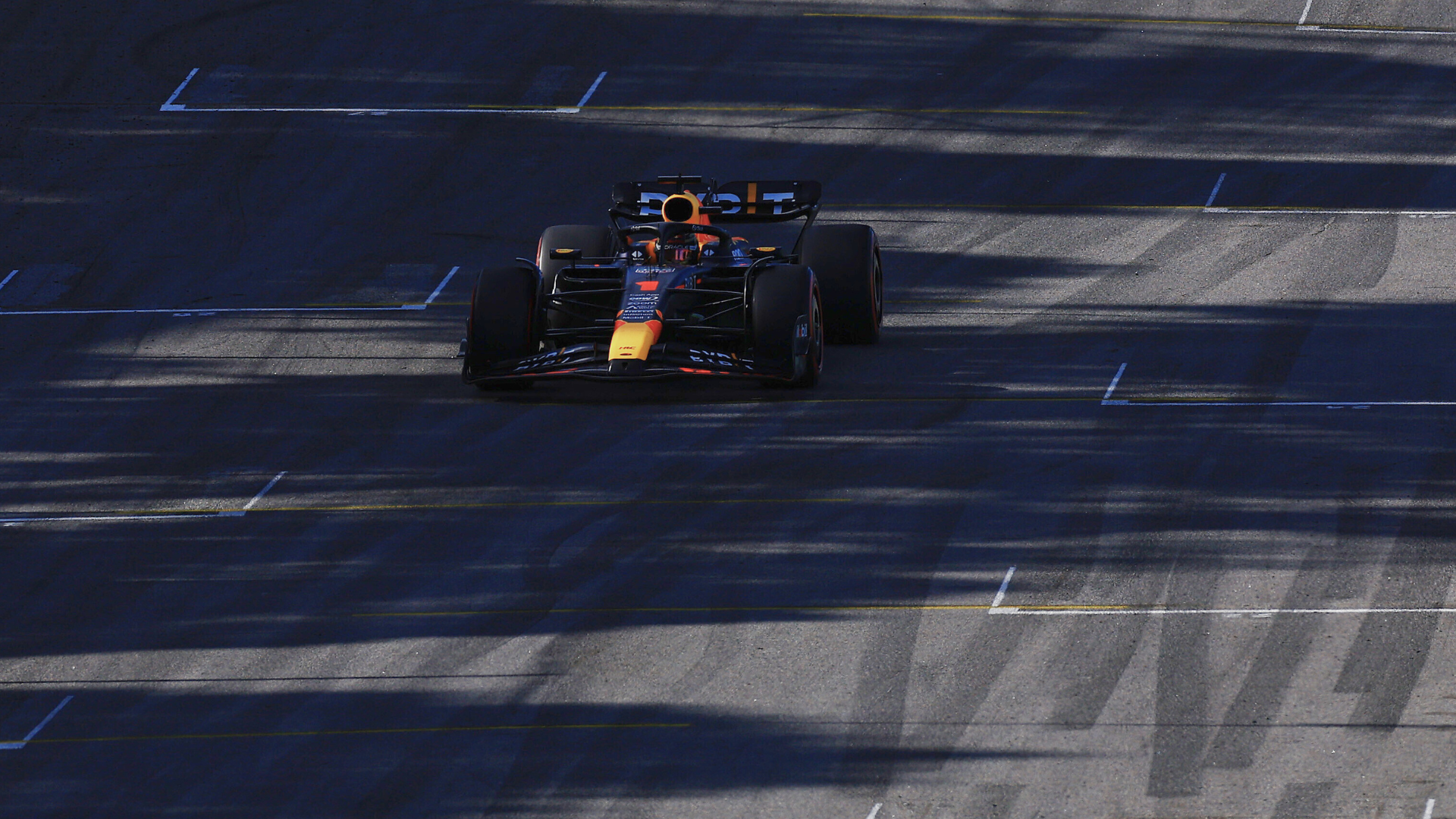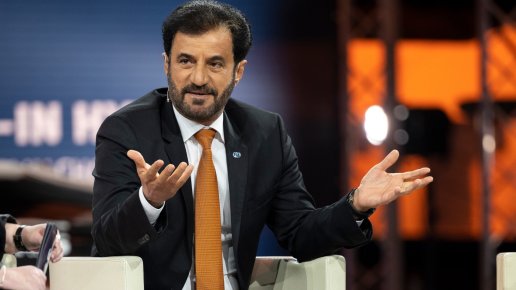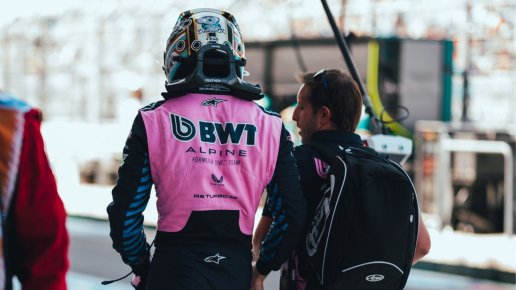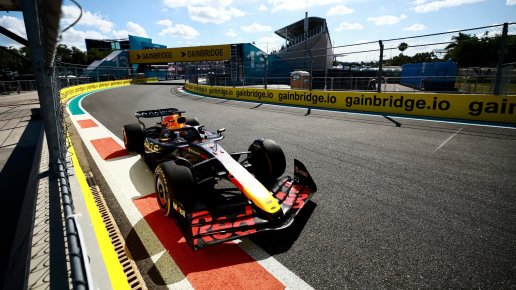
Photo: Getty Images / Red Bull Content Pool
The Possible Impact of New Asphalt on the 2024 Brazilian Grand Prix

With the 2024 Brazilian Grand Prix on the horizon, the introduction of a new asphalt surface at Interlagos raises questions about its impact on race performance. Early analyses from Pirelli indicate significant changes in grip levels and track temperatures, which could influence tire strategies and overall race dynamics. As teams prepare for this sprint weekend, understanding how the new surface interacts with tire compounds will be crucial for success.
F1 & MotoGP news to your inbox every day.
Early data suggest that we have an exciting F1 weekend ahead. Pirelli’s engineers have analyzed the track's new surface in Brazil and found no major concerns about grip. They reported that the micro roughness has decreased compared to last year, while macro roughness has also dropped. This data suggests that the track may offer less grip than in previous years, potentially leading to more sliding, higher tire temperatures, and increased degradation.
Yet, a closer examination of grip levels, based on the interaction between the track and tires, indicates that the situation is not drastically different from previous years. Brazil has traditionally not had a lot of grip, and some data collected ahead of the weekend suggest that some corners may actually be improved.
Interestingly, another factor that could impact the race is the new asphalt, which is very black. This means it will absorb more heat from the sun than the old gray surface. Pirelli’s temperature analysis of the track surface has shown dramatic results, with temperatures reaching nearly 60°C by early Thursday afternoon.
This means that the higher track temperatures can increase tire temperatures and thermal degradation, which is always a concern in Brazil due to its layout. This could also lead teams to opt for harder tires for both the sprint and the race. Yet, here comes another complication: the selection of tires for this weekend. Pirelli has chosen to make the compounds one step softer than last year, meaning that the 2023 soft tire is now the 2024 medium.
Additionally, since this is a sprint weekend, the tire allocation is different, with two sets of hard tires, four sets of mediums, and six sets of softs available. It’s likely that the 2024 soft tire won’t be suitable for the race and will only be used for qualifying.
Teams will need to carefully manage their tire distribution across the weekend, ensuring they have enough tires for Sunday’s race. They will need to quickly determine during practice if the medium tires will last for the 24 laps of the sprint. Last year, the soft tire held up well, but if degradation is worse this time, it could create challenges.
If the medium tire isn’t up to the task, it could further complicate the race strategy, which typically requires two pit stops. If teams are forced to use hard tires during the sprint, they may not have enough for the race. This adds another layer of complexity to Saturday’s race.
Overall, this weekend presents a complex race scenario, with the possibility of rain adding even more uncertainty.







